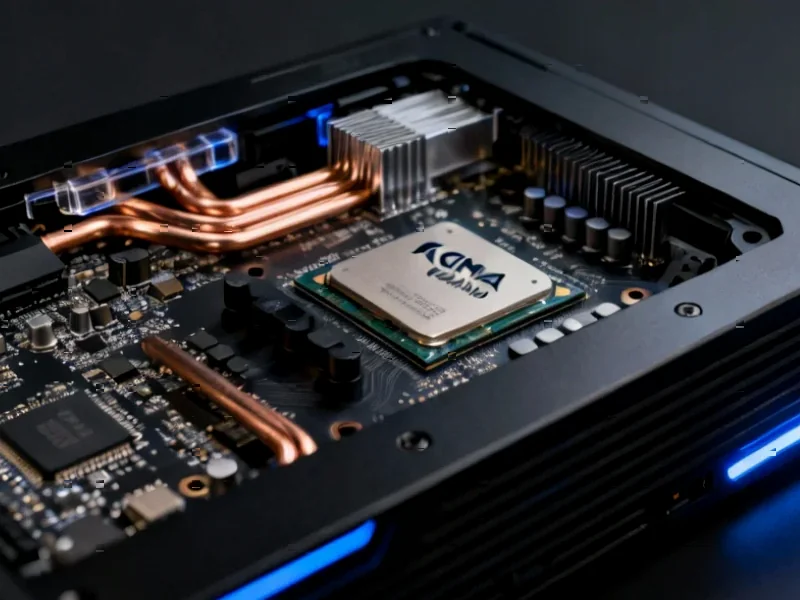PS5 Achieves US Sales Milestone, Overtaking PlayStation 3
Sony’s PlayStation 5 has reached a significant benchmark in the United States, surpassing the lifetime sales of the PlayStation 3 in under five years since its November 2020 launch. This achievement highlights the PS5’s strong market performance despite global economic challenges and shifting consumer patterns in the gaming industry.
Table of Contents
Analyst Insights Reveal Console Performance Trends
Respected industry analyst Mat Piscatella of Circana shared this sales milestone, noting that the PS5 overtook PS3’s lifetime installed base during September 2025’s sales period. While specific numbers weren’t disclosed due to Circana’s data policies, Piscatella revealed even more impressive context in follow-up discussions.
“PS5 is ahead of PS4 by 4.6 percent on a time-aligned basis in the US,” Piscatella noted, adding that this lead has been maintained for “a very long time.” This comparative performance against the highly successful PlayStation 4 suggests stronger-than-expected adoption rates for Sony’s current-generation console., according to industry reports
Historical Context: PlayStation Sales Legacy
To understand the significance of this milestone, it’s essential to consider Sony’s console sales history. According to Sony’s official business data:
- PlayStation 2 remains the company’s best-selling console with over 160 million units (as of March 2012)
- PlayStation 4 reached more than 113.5 million units globally (September 2020)
- PlayStation 3 achieved over 87.4 million lifetime sales (March 2017)
With Sony’s August financial report confirming 80.3 million PS5 units sold globally, the console appears to be tracking similarly to PS4’s historical performance, though official updated figures for all consoles are anticipated in future financial disclosures.
Market Challenges and Future Outlook
Despite these impressive numbers, Sony has signaled expectations of slowing PS5 sales. The company believes the console has passed its sales peak, compounded by challenging economic conditions and increased console pricing across the industry. Current-generation consoles have reached unprecedented price points, potentially affecting consumer accessibility and adoption rates.
This sales environment creates complex considerations for Sony’s future console planning. The traditional console lifecycle and business model may be evolving, particularly as gaming becomes increasingly platform-agnostic and service-oriented. Some industry observers suggest the very role of dedicated gaming consoles may be transforming in response to cloud gaming, subscription services, and multi-platform accessibility., as related article
What’s Next for PlayStation?
With the next batch of financial results due November 11th, industry watchers will be closely monitoring whether PS5 can maintain its momentum against PS4’s historical performance. The console’s ability to continue exceeding its predecessor’s sales trajectory despite economic headwinds will be crucial for understanding the long-term health of the dedicated console market.
As the gaming landscape continues to evolve, Sony’s challenge will be balancing traditional console sales with emerging gaming paradigms. The PS5’s success in overtaking PS3’s lifetime US sales in record time demonstrates both the console’s appeal and the changing nature of gaming hardware adoption cycles.
Related Articles You May Find Interesting
- European Aerospace Giants Forge Unified Space Powerhouse to Challenge Global Mar
- European Aerospace Giants Forge Satellite Powerhouse to Reshape Space Industry
- How Wonder Studios Aims to Revolutionize Hollywood’s Creative Economy with AI
- Deceptive Design Tactics Draw Scrutiny as Businesses Grapple with Ethical UX Pra
- AWS’s AI Strategy: Why Being “Last” in the Cloud Race Could Be a Temporary Setba
References
- https://bsky.app/profile/matpiscatella.bsky.social/post/3m3ry7dpojc2x
- https://sonyinteractive.com/en/our-company/business-data-sales/
This article aggregates information from publicly available sources. All trademarks and copyrights belong to their respective owners.
Note: Featured image is for illustrative purposes only and does not represent any specific product, service, or entity mentioned in this article.



